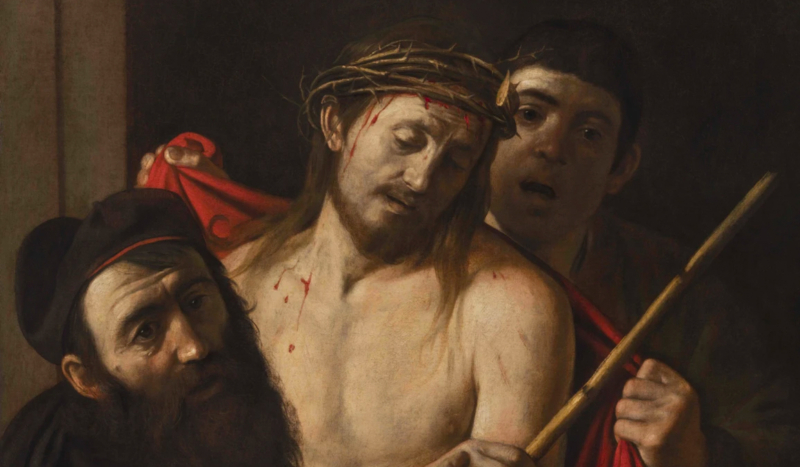
Museo del Prado (@MuseodelPrado) / X
CV NEWS FEED // The Prado Museum has confirmed that a painting discovered at an auction in Spain is, in fact, Michelangelo Merisi da Caravaggio’s long-lost painting of Christ, “Ecce Homo.”
According to a May 6 AP News report, the painting, thought to have been completed sometime around 1605-09, will be unveiled to the public from May 27 until October, “as a special one-piece exhibition following an agreement with its new owner, who has not been identified.”
Afterward, the work will be displayed in the Prado’s permanent collection until February 2025.
The painting was set to sell for 1,500 euros at an auction in April 2021 when the museum alerted Spanish authorities that it could be a Caravaggio. Before the auction, the painting had been in the possession of a family in Madrid since the 19th century.
The Prado stated that “four of the most authoritative experts on Caravaggio and Baroque painting” conducted a study of the painting to confirm its origins. All four of them expressed “the same passionate certainty: that Ecce Homo is a masterpiece by [Caravaggio].”
The oil-on-canvas painting depicts the Bible passage where Pilate presents Jesus to the crowd before his crucifixion, declaring “Ecce Homo,” Latin for “behold the man.”
“Since its reappearance at an auction three years ago, Ecce Homo has represented one of the greatest discoveries in the history of art,” the museum said in a statement, noting that the painting is believed to have once been a part of Philip IV of Spain’s private collection.
“For our part,” Prado Museum Director Miguel Falomir said in a video statement, “we are more than happy to be the stage to present this new unshown work of Caravaggio to the public and critics.”

